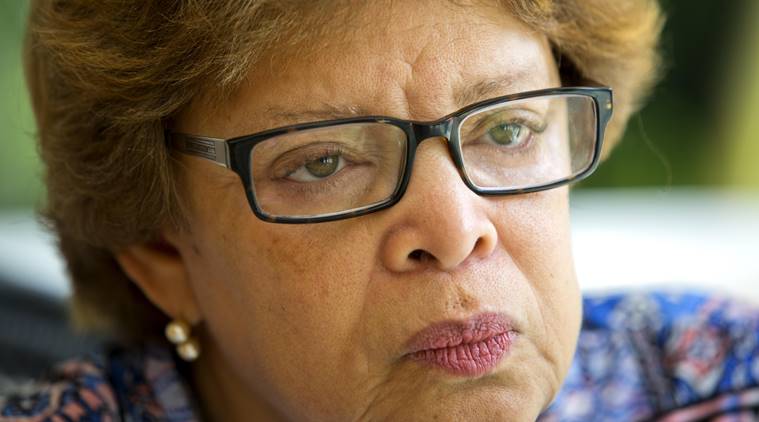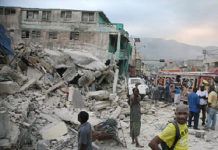Despite Haiti dominating the news cycle earlier this year over the infamous Oxfam sex scandal, some more recent positive news stories coming out of the country seem to have completely flipped the script. Earlier this month, President Jovenel Moïse’s flagship policy – the ‘Change Caravan’ – marked its one-year anniversary. This initiative is a big deal for Haiti and represents a bold new approach to addressing the long-time lack of adequate infrastructure and other necessities, which has prevented meaningful development in the country. This policy enables unprecedented coordination among multiple government departments, resulting in infrastructure project costs being almost halved and projects being completed at an unprecedented pace.
The Change Caravan has produced a number of impressive achievements in areas ranging from health care to education, from the environment and energy to infrastructure. In twelve months, over 200 kilometres of road have been built or renovated, eleven rivers cleaned, eight hospitals and health centres rehabilitated, and 400 classrooms renovated. Arguably, however, one of the most ambitious goals is rural electrification, with President Moïse going so far as to promise 24-hour electricity for all Haitians by the end of his term.
I recently chatted with President Moïse about the Change Caravan, as well as his vision for Haiti’s future.
What are the biggest challenges facing Haiti?
There are some inherently complex problems facing Haiti, one of them being faith in the government and what it can achieve, so when I took office I vowed to win back and restore confidence. Our goal is to be at the service of the Haitian people and create a better life, a better country, for them. That’s why we launched the Change Caravan.
Through this initiative, we’ve made great headway on some of the challenges facing the country, notably relating to electricity. I promised to deliver electricity 24 hours a day for all and, while I recognise this is a tall order, I have every confidence that we can do it. It is incredibly important because the lack of power is one the most significant constraints to economic growth and empowerment, with small businesses and households often needing to use expensive and unsustainable generators.
In undertaking this challenge, we took advantage of lessons learned from our neighbours’ experiences. A key lesson is that a centralized power supply is the worst option for a climate-vulnerable island nation – a storm need strike only one area connected to the national grid in order to destroy the entire country’s power supply. Decentralisation thus became an integral part of our strategy.
What exactly does your electricity strategy entail?
Our strategy consists of three main components to generate the needed power. First, it means building and rehabbing the traditional, national grid to connect a handful of large urban centres across the country’s ten Departments (or regions). Secondly, we plan on building microgrids – decentralised, independent power sources – in the 100 or so smaller population centres, many of which are in hurricane-prone areas that currently have no access to electricity. All the energy generation from the microgrids will be mainly based on renewable energy sources (solar, wind, hydro and biomass).
While these smaller cities could have been connected to the national grid, it is not cost-effective to connect them to the grid, as they are widely dispersed across lowly-populated areas. In addition, these microgrids are smaller and easier to create, meaning the whole project can be completed much faster. Remarkably, each microgrid requires less than 1 megawatt (MW) versus the 600 – 700 megawatts (MW) required to power the ten (10) regional grids.
Lastly, for scarcely populated areas such as our mountain regions, electricity will be provided via small stand alone solar power systems. In fact, we have already deployed around 10,500 such off-grid systems through a pilot programme. With a government subsidy of 50%, the fee of each system is less than $2 per month.
How does this compare to power challenges in other countries in your region, or even in Africa where power supply has been a major challenge?
In emerging markets, the grid is only one part of the electricity strategy. We knew how important it was to diversify. Islands like Puerto Rico, for example, have learned the importance of diversification the hard way. The generating capacity in Puerto Rico is overly centralised and with hurricane season starting on June 1, there is a strong possibility that the whole country may be plunged into darkness, once again.
Comparisons can be made further afield too with climate-vulnerable countries in Africa.
As we are experiencing in Haiti, and as also evidenced in many African countries, there is a direct correlation between rising energy costs and slowed economic growth. A similarity between our approach and those seen in some African countries is that decentralising the grid is increasingly recognized as the necessary first step in solving power problems. Solar systems, which in our case will be supplied to people in places where mini grids are not viable, are a good way to connect people for whom it is a struggle to get on the main grid. Solar PV (photovoltaic) systems also can help people who are using expensive kerosene generators, which are ineffective and bad for the environment – something we are very serious about avoiding in Haiti. Solar PV systems have caught on in places like Nigeria too, with many private companies offering self-installed solar kits to a growing pool of customers.
Besides the grid, are there any other energy-related projects in Haiti?
Our energy strategy extends beyond the grid and mini-grids. We also are committed to renewable energy, as evidenced by the building of a hybrid diesel/wind/solar power plant – a technology first for Haiti. This power plan will operate four blocks containing 48 small vertical wind turbines capable of producing 500 watts each and a system of 408 solar panels (128 kW), for a combined total output of 152 kilowatts, and will include a diesel backup generator with a capacity of 100 kilowatts.
Clean energy is very important to us and, in spite of the devastating natural disasters Haiti has faced, we are fully committed to creating a renewable energy economy. Last September, our parliament abolished import tariffs and duties on solar equipment to encourage as much growth in this industry as possible. Our reason for doing this is because we understand how well-placed Haiti is for solar power – we have a great deal of sunlight, comparable to, say, Phoenix, Arizona, and of course there are massive cost and environmental benefits.
Like Africa, Haiti can leapfrog the fossil fuel industry and the construction of traditional grids as we work to achieve energy independence and economic stability.
Where do you see Haiti in five years’ time?
Through the Change Caravan, which has already achieved much in its first year, I anticipate in five years’ time Haiti will be almost unrecognisable. Besides becoming a renewable energy powerhouse, I see us making great leaps in terms of agriculture, education, health care, infrastructure, and many other areas.
For decades, the relationship between the government and the people in Haiti was in disrepair, with international groups taking the place of the Government and providing some basic services to our country. My administration is changing this and restoring faith in the government. The Change Caravan is our way of putting an end to business as usual, putting an end to the inadequacies that have existed for far too long in Haiti’s government.
We know that what we are undertaking is ambitious, but our unwavering priority is to modernise Haiti and restore its people’s faith in their Government, and I am confident that the Change Caravan has set us on the right path.



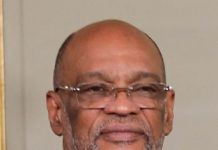

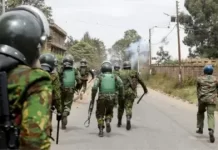

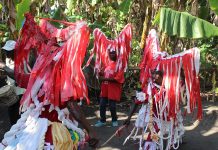


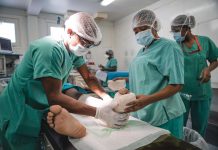
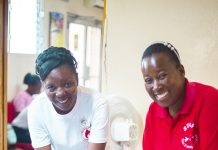

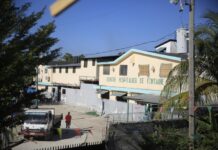
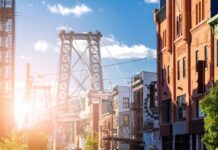







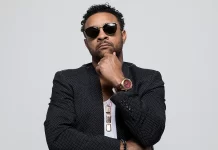






![Phyllisia Ross – KONSA [Official Music Video]](https://haitiville.com/wp-content/uploads/2014/08/phyliisia.jpg)




